Next Gen Mafiosos
On April 15, 1931, Masseria was eating and playing cards at a restaurant in Coney Island when he was ambushed with a volley of gunfire, which killed him almost immediately.
Most agree that Albert Anastasia was the assassin, but there are some who think Lucky Luciano did the deed himself. The part no one questions is that Luciano was behind it.
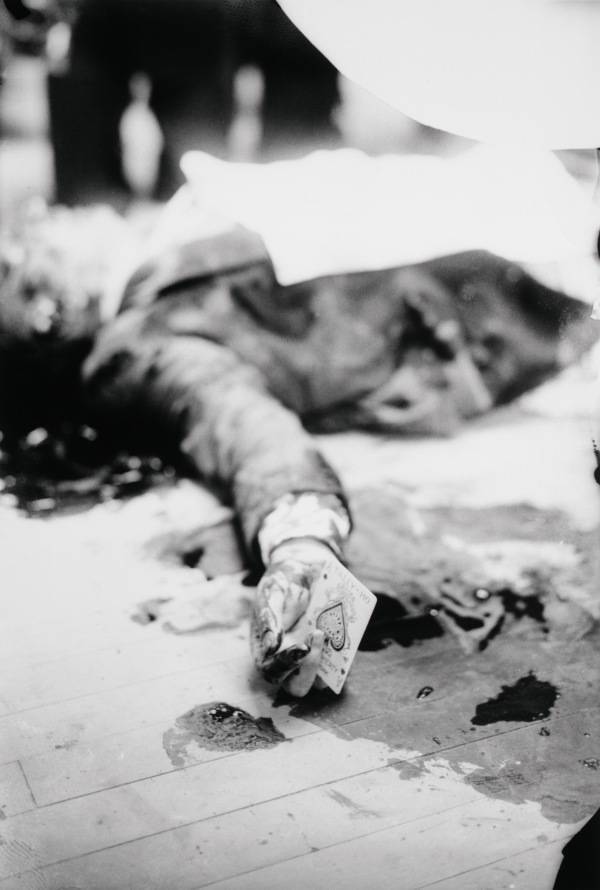
Getty ImagesMasseria’s body lying on the ground after his assassination, still holding a playing card. 1931.
In exchange for Masseria’s life, Salvatore Maranzano made Luciano his second-in-command.
With his opponent out of the way, Maranzano called a meeting of the most powerful Mafia families and declared himself the “boss of bosses.” It couldn’t be more literal as Maranzano had defeated all his rivals, becoming the undisputed king of crime. Well, Italian crime that is.
Maranzano was of the Old World. He created a largely hierarchal organization and apparently wanted to employ only full-blooded Italians in his gang.
Even some parts of Italy were unacceptable to Maranzano, as Luciano learned when he was chided for his partnerships with Jewish gangsters like Meyer Lansky and Bugsy Seigel, but also for his friendship with Frank Costello.
Whether it was the outdated thinking or the “boss of bosses” declaration that had bothered Luciano is hard to say. Both these ideas went directly against the approach Luciano and friends of his own generation like Vito Genovese and Albert Anastasia had aspired to become. They called themselves the Young Turks.
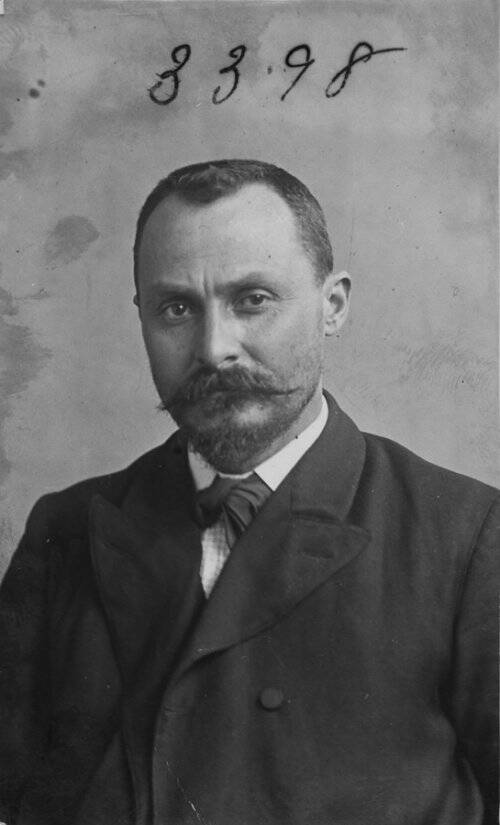
Wikimedia CommonsItalian police mugshot of Don Vito Cascio Ferro, demonstrating a classic example of a mafioso mustache. 1902.
The Young Turks decided to make their move when Maranzano summoned Genovese and Luciano to his office. Both men believed Maranzano meant to kill them upon arrival. So instead, Luciano arranged for a group of hitmen to break into Maranzano’s office, where they brutally stabbed and shot the so-called “boss of bosses” to death.
The night allegedly devolved into a mass hit of other Old-World Sicilian mobsters — which may be just a legend. The possibly fictional event became known as the “Night of Sicilian Vespers.”
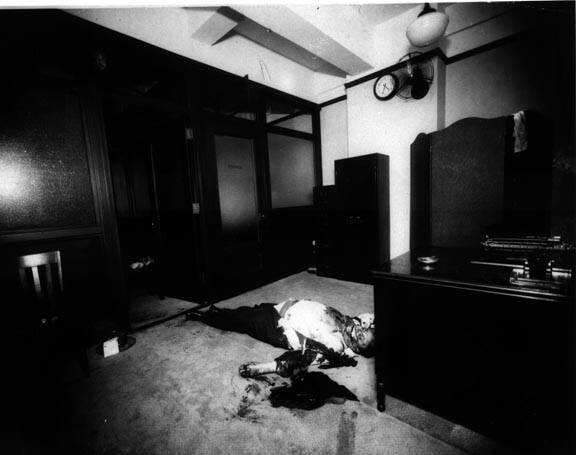
Public DomainSalvatore Maranzano’s body lying in his office. 1931.
Either way, with Maranzano out of the picture, Luciano was ready to implement sweeping changes to the Mafia’s structure.
Organizing Crime
Lucky Luciano is credited with splitting New York City into the Five Families of organized crime: Gambino, Genovese (formerly Morello), Lucchese, Colombo, and Bonanno. This ensured consistency in the groups’ hierarchy, and established titles to help in inter-organizational communication.
Meanwhile, Luciano appointed Vito Genovese as his underboss and Frank Costello his consigliere for what would later become the Genovese family.
What Luciano introduced independently, however, secured his legacy.
After publicly rejecting the idea of a single leader, he introduced the more democratic idea of “The Commission,” which was a ruling council of representatives, one from each of the Five Families, as well as leaders from other cities’ crime families as well.
In essence, Luciano had just organized crime.
The experiences of the preceding years had reinforced in Luciano his belief that war within the families was useless. The purpose of organized crime was not to fight amongst each other, Luciano proposed, but to build better and more effective criminal enterprises.
The Commission and the syndicate’s structure certainly encouraged more communication between the Five Families about what they were doing and enabled them to work together more efficiently to face common problems.
In the same spirit, Luciano introduced “Murder Inc.,” an enforcement division within the syndicate. On paper, the group seemed like a private militia for the Mafia, but in reality, it was more like a faction of assassins.
Although no one before had ever risen as far and as fast in the American Underworld as Luciano, his tenure was troubled from the start.
Luciano Versus The Law
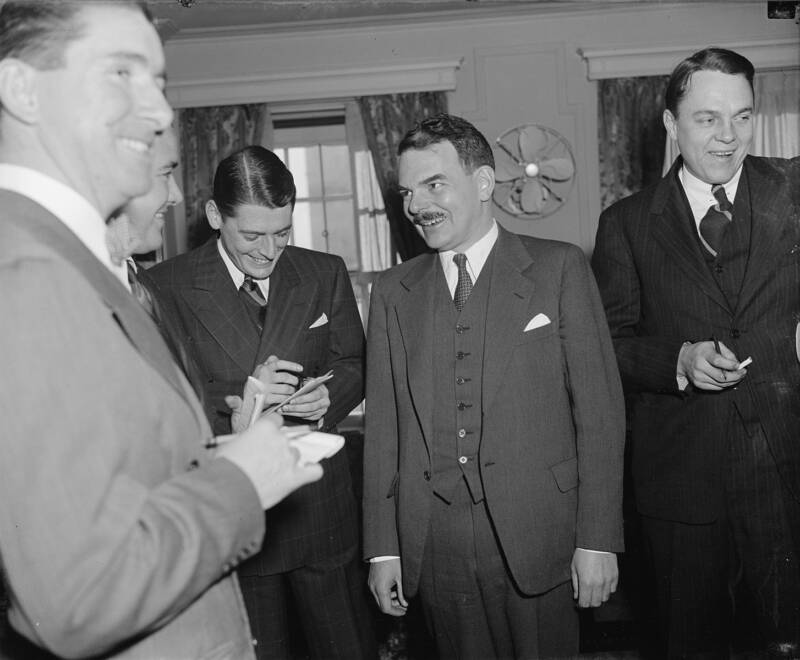
Wikimedia CommonsThomas E. Dewey, with Republican officials in Washington, D.C. 1939.
In 1933, Thomas E. Dewey began working as the chief assistant to the U.S. Attorney for the Southern District of New York. A brilliant lawyer and strategic prosecutor, Dewey would eventually become the Republican Governor of New York from 1943 to 1953. He built his reputation on the reformation and prosecution of the Mafia.
One of his repeat offenders was Jewish-American mobster Dutch Schultz, born Arthur Flegenheimer, who was often targeted by Dewey in the 1930s. Schultz, whose empire had been built on the now-overturned laws concerning prohibition, was furious.
In 1935, Schultz openly planned to have Dewey murdered but did not anticipate the reaction he received. Luciano, fearful that Dewey’s death would only bring more heat against them, denied Schultz’s authority to pursue the hit.
Then, to prevent the feud from getting any bigger, Luciano sent Murder Inc. to ambush Schultz in New Jersey, inflicting wounds that would kill him over the next 24 hours.
If Luciano had expected Dewey to respect this gesture, he was sorely mistaken. In 1936, Dewey brought Luciano to court on prostitution charges. After laying out the large scale of the prostitution ring — more than 50 witnesses — Dewey had Luciano sentenced to 30 to 50 years.
Under the agreed organizational structure, Vito Genovese should have taken over the group’s operations while Luciano was in prison. However, Genovese fled the country after being indicted on a murder charge.
Luciano then named Frank Costello the new head of the family.
Unwilling to let Luciano die in prison when World War II broke out, Costello worked out an agreement with U.S. Navy. This agreement was dubbed “Operation Husky” or “Operation Underworld,” and employed his family members to spy on the waterfront for any suspicious international activity.
The United States ultimately agreed to release Luciano on the condition that he be deported to Italy and never allowed to return. So in 1946, Luciano was released and put aboard a ship from New York to Italy.
But Luciano did not leave his business interests in the States alone. Shortly after his release and reestablishment in Italy, Luciano traveled to Havana, Cuba where he met with The Commission, hung out with Frank Sinatra, and talked about his personal plans with Genovese and Costello.
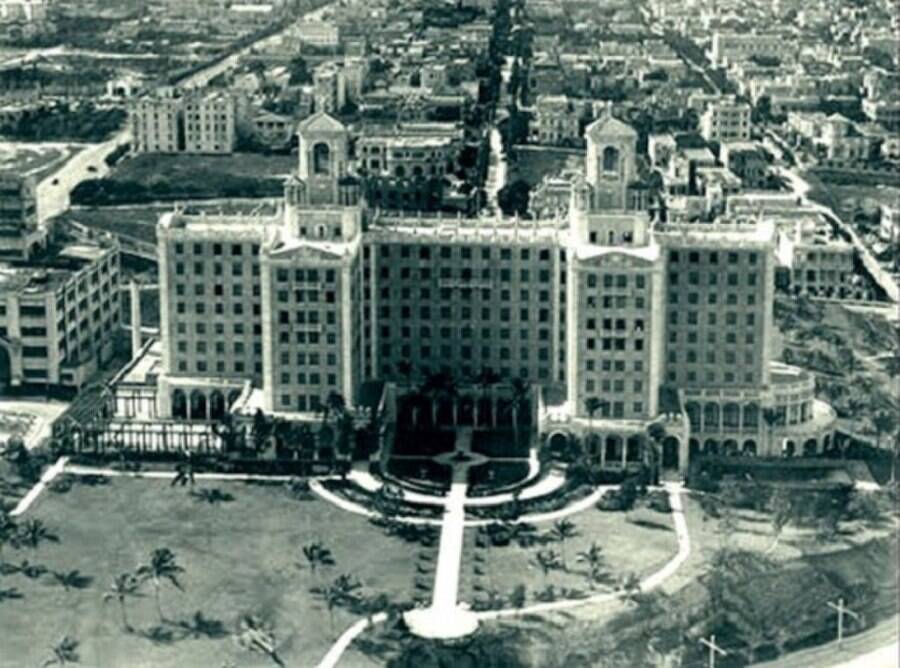
Wikimedia Commons The Hotel Nacional de Cuba, Havana, as seen from the air in 1933.
Genovese was an unquestionably talented gangster, but Luciano felt he’d made the right decision in passing the leadership to Costello.
Unfortunately for Costello, the 1950s were not going to be a different sort of decade for doing business.





